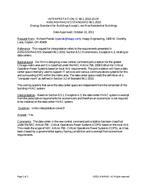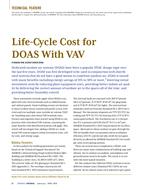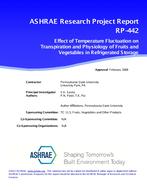Mixing energy loss is defined as the differential between the sum of the next heating/cooling load and that of the actual heating/cooling energy supplied to an air conditioned room where perimeter heating and interior cooling occur simultaneously. Many design and control factors of air distribution systems affecting the mixing energy loss are discussed. Analyses were conducted in a number of experiments using a simulated full-scale office room. Experimental conditions were planned using the design of experiments methodology. The significance and effect of various design/control factors on the mixing energy loss were discovered by the analysis of variance. Room temperature profiles are also discussed to evaluate the thermal environment of a room. Many useful design/control strategies for air distribution systems have been developed from the viewpoint of preventing the mixing energy loss and maintaining a comfortable environment in a space where simultaneous heating and cooling are required.
KEYWORDS: calculating, mixing, heat loss, rooms, experiment, heat load, cooling load, air conditioning, perimeter, heating, cooling, air distribution, computers, models, room temperature, thermal comfort.
Citation: ASHRAE Transactions 1993, Vol.99, pt.1
Product Details
- Published:
- 1993
- Number of Pages:
- 15
- File Size:
- 1 file , 1.5 MB
- Product Code(s):
- D-17618


